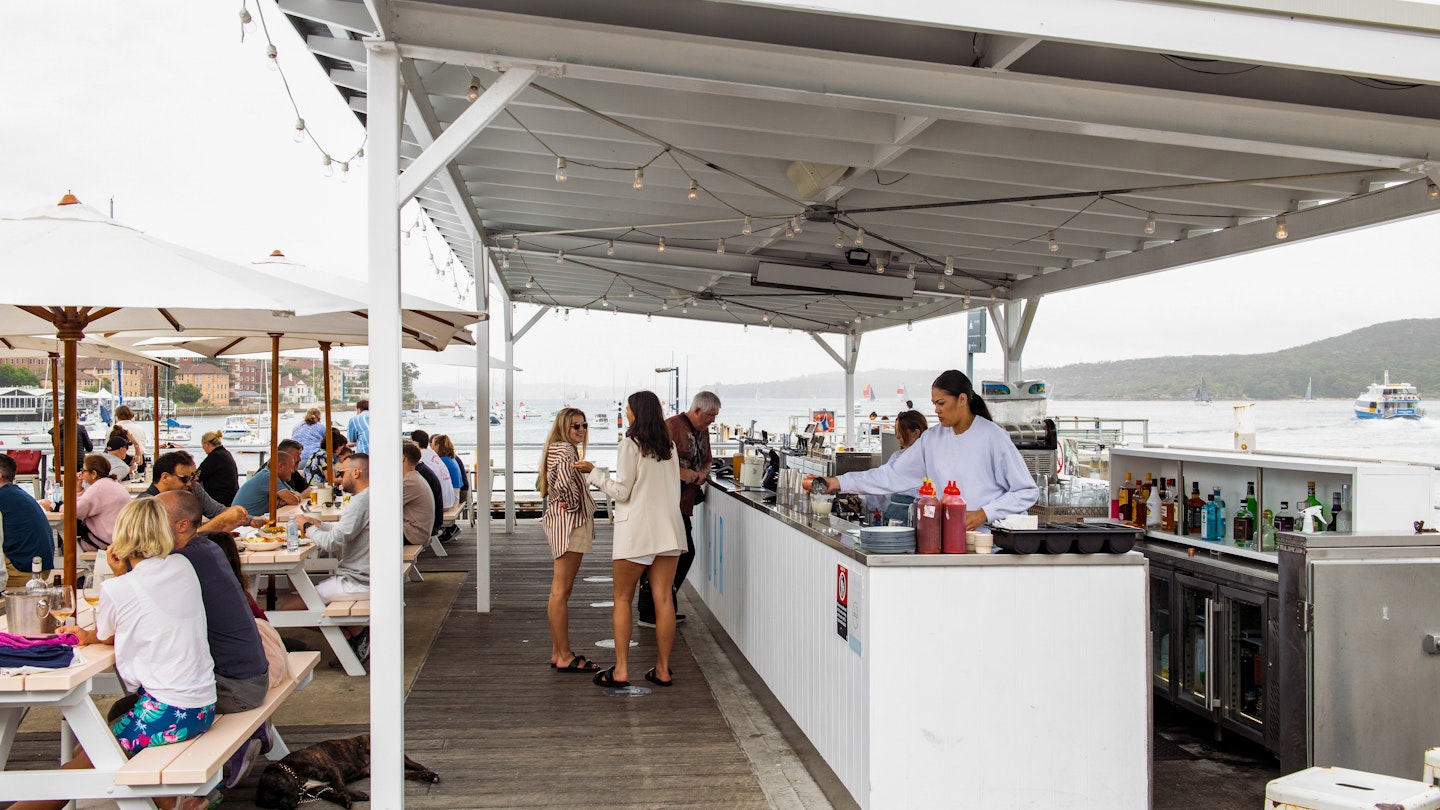It’s a convoluted question wherever you’re traveling: how much should you tip, and how? Sometimes, it may be a matter of rounding up a fare; in other cases, a substantial tip to show your appreciation for excellent service might be appropriate. The context is key.
In Australia, New Zealand, and the South Pacific, it can be especially confusing because tipping for many services hasn’t been practiced at all until recently. Even then, it’s still not necessarily the norm in many situations. Here’s how to navigate the varying tipping cultures across Oceania.
Do I need to tip at restaurants, pubs, and bars?
Historically, leaving gratuities in Australia and New Zealand hasn’t been standard practice, as hospitality staff typically earn a decent wage. However, during the Covid-19 pandemic, tipping culture began to change, partly due to rising living costs.
Since approximately 2021, tipping has gained traction, particularly in urban centers. Nevertheless, it hasn’t been widely accepted across the entire country, leading to some political debates. Many locals believe that the government should ensure minimum wages keep pace with inflation and that employers should pay fair wages to their workers. Consequently, tipping can be perceived as a threat to workers’ rights and is sometimes viewed as “un-Australia” or “un-Kiwi.” Thus, you might find stories of servers refusing tips.
For travelers, this makes understanding tipping culture in Australia and NZ tricky. A good rule of thumb: if you’re in a regional area or ordering at a pub or café counter, tipping is not necessary. However, if you’re dining at a restaurant in a major city offering full table service, a tip of 10% to 15% is appreciated if the service warrants it.
Remember, menu prices typically include both tax and a potential tip, with service surcharges of up to 15% added to bills during weekends and holidays. This surcharge often correlates with a higher wage paid to staff during these times.
In the South Pacific, tipping in restaurants and bars is less common, as the practice isn’t part of Indigenous cultures. Still, if you discover a particularly upscale restaurant and have an exceptional dining experience, it’s absolutely fine to add a tip of around 10% to the total bill, even though it’s not expected.
Am I expected to tip hotel staff?
It is not standard practice to tip hotel cleaning staff or porters in Australia or New Zealand. However, if you genuinely feel that the service was exemplary, you might consider leaving approximately $5 (in either Australian or NZ dollars) for housekeeping staff or porters.
The South Pacific Islands embrace a more hospitable approach—upon your initial hotel check-in, you are considered an honored guest, and if you return, you’re viewed as family.
That said, tipping isn’t expected. If you wish to financially reward specific staff members, it is advisable to do so face-to-face; otherwise, it’s unlikely to be accepted, particularly by housekeeping staff.
Is tipping my tour guide expected?
Tipping local tour guides is optional. However, it’s more common to tip guides working for international tour operators, primarily due to their interaction with travelers who typically tip.
For tour guides and private drivers in Australia and New Zealand, it’s customary to tip between $20 and $50 (in local currency) per day, while bus tour operators might receive a tip of around $5 to $10 for a day’s work. It’s important to note that the “driver-guide” model is prevalent, where the bus driver also serves as the guide, warranting a larger tip.
If you receive exceptional service from a tour guide or private driver in one of the South Pacific islands, tipping is appreciated but not expected. The amount you choose to give is entirely up to you; however, always tip in local currency, as US dollars can be challenging to exchange and may impact the local economy.
How much should I tip my taxi driver?
Similarly, taxi drivers in Australia, New Zealand, and the South Pacific islands do not typically expect a tip at the end of a ride. Nonetheless, rounding up the fare to the nearest $1 to $5 is a common practice.
If you are using a rideshare app or ordering food from a delivery service, providing a decent tip is more common, recognizing that gig economy workers often do not earn minimum wage.




